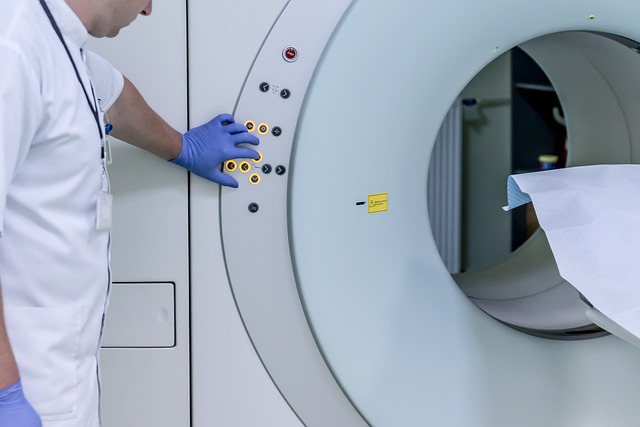
Dsm-5 Adhd
Understanding DSM-5 ADHD
Attention-Deficit/Hyperactivity Disorder (ADHD) is a condition that affects many individuals, often making daily tasks a bit more challenging. The DSM-5, or Diagnostic and Statistical Manual of Mental Disorders, Fifth Edition, provides a framework for diagnosing ADHD. This guide will break down what ADHD is, how it’s diagnosed, and what treatment options are available.
What is ADHD?
ADHD is characterized by a persistent pattern of inattention and/or hyperactivity-impulsivity that interferes with functioning or development. It’s not just about being overly energetic or distracted; it can significantly impact various aspects of life, including work, school, and relationships.
DSM-5 Criteria for ADHD
The DSM-5 outlines specific criteria for diagnosing ADHD. Here’s a simplified breakdown:
- Inattention: Difficulty sustaining attention, careless mistakes, not following through on tasks.
- Hyperactivity: Fidgeting, difficulty remaining seated, running or climbing in inappropriate situations.
- Impulsivity: Blurting out answers, difficulty waiting for one’s turn, interrupting others.
For a diagnosis, symptoms must be present for at least six months and be inappropriate for the individual’s developmental level. Additionally, symptoms should be evident in two or more settings, such as at home and school.
Diagnosis Process
Diagnosing ADHD isn’t as simple as taking a test. It involves a comprehensive evaluation, including interviews, behavior rating scales, and sometimes input from family members or teachers. The goal is to gather a complete picture of the individual’s behavior across different environments.
Treatment Options
Once diagnosed, treatment can vary significantly based on individual needs. Here are some common approaches:
- Medication: Stimulants are often prescribed and can be effective in managing symptoms. Non-stimulant options are also available.
- Therapy: Behavioral therapy can help individuals develop coping strategies and improve organizational skills.
- Support Groups: Connecting with others who understand ADHD can provide valuable support and resources.
It’s essential to work closely with healthcare providers to find the right treatment plan. What works for one person may not work for another, so a tailored approach is crucial.
Living with ADHD
Living with ADHD can be challenging, but with the right support and strategies, individuals can thrive. It’s important to remember that ADHD doesn’t define a person; it’s just one aspect of who they are. Embracing strengths and finding effective coping mechanisms can lead to a fulfilling life.
Conclusion
Understanding ADHD through the lens of the DSM-5 is vital for accurate diagnosis and effective treatment. If you or someone you know is struggling with ADHD, seeking professional help is a solid first step. Remember, you’re not alone in this journey. 💪

















 Performers At Woodstock
Performers At Woodstock 
 Health
Health  Fitness
Fitness  Lifestyle
Lifestyle  Tech
Tech  Travel
Travel  Food
Food  Education
Education  Parenting
Parenting  Career & Work
Career & Work  Hobbies
Hobbies  Wellness
Wellness  Beauty
Beauty  Cars
Cars  Art
Art  Science
Science  Culture
Culture  Books
Books  Music
Music  Movies
Movies  Gaming
Gaming  Sports
Sports  Nature
Nature  Home & Garden
Home & Garden  Business & Finance
Business & Finance  Relationships
Relationships  Pets
Pets  Shopping
Shopping  Mindset & Inspiration
Mindset & Inspiration  Environment
Environment  Gadgets
Gadgets  Politics
Politics 